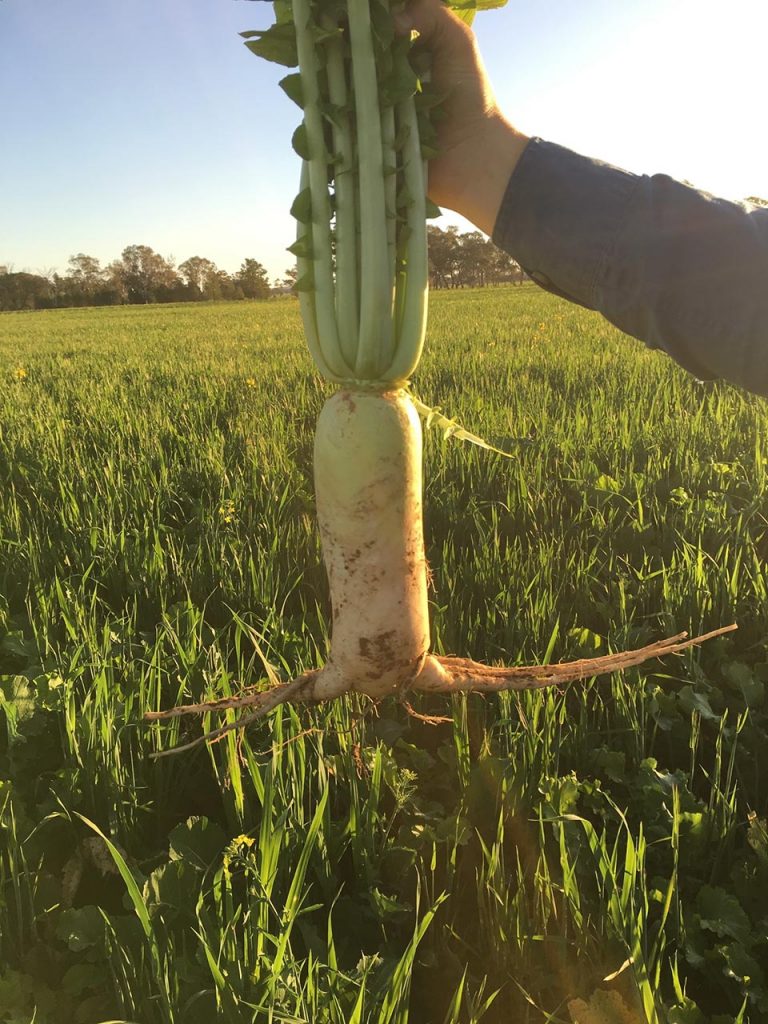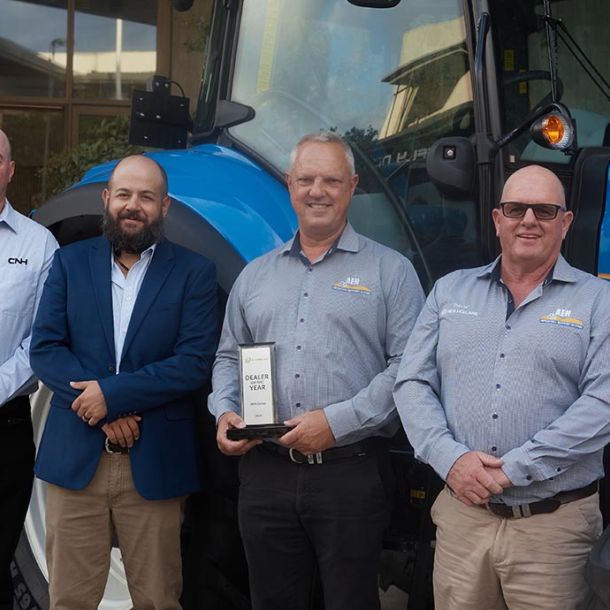Getting to the Root of Soil Compaction
Once seeding is done, many crop producers breathe a sigh of relief as the frenetic pace of the planting season slows. However, the work of raising crops doesn’t stop when planting does. The performance of grain crops during the early to mid-tillering timeframe is a great opportunity use plant development to assess soils for compaction issues.
Soil Compaction Impacts
Because it is a subsurface problem, actually seeing soil compaction can be tough. In established tramways, frequently trafficked locations like headlands and turnarounds, and reclaimed areas like fence rows or old road beds, soil compaction is frequently present due to land use practices. But in other areas of paddocks, soil compaction can be hidden – the result of changes in soil layers and patterning beneath the surface, or the effects of rain-drought cycles on pore spaces between soil particles.
So how can a producer know if compaction exists, and if that compaction is impacting crop growth and ultimately yields? The clues can come from the early development of grain plants.
Grains begin to tiller[1] (a botanical term for the development of side stems from the plant’s original “parent stem” which emerged directly from the plant’s seed) about six weeks after emergence. By six weeks, the plant has had adequate time to grow, photosynthesise energy, and send out the adventitious (lateral) roots that help it reach soil nutrients. These roots also help the plant maintain its uprightness (standability) as it grows and begins to gain weight as the heads come on.
Optimally, the plant has both adventitious roots and strong central roots (tap roots or seminal roots) to access moisture and nutrients throughout the vertical profile of the soil. But in compacted soils, downward growing roots struggle to break through the compaction, and even adventitious roots can be shallower than normal, growing laterally for further distances when they encounter compacted soils.
Access to deep soils matters for several reasons. As mentioned before, development of deep roots improves the plant’s standability as the grains begin to head out. Heading out makes grains more top-heavy, and a good, deep root system gives the plant an opportunity to offset and balance out some of that weight. A good root system is also key for accessing deeper pockets of moisture in the soil. More well-developed roots mean a plant has better access to moisture, making it less dependent on in-season rains and less likely to be stressed by drier conditions.

Brianna Russel, Glenlee Partnership shows how soil compaction causes excessively lateral adventitious roots
Helping Your Crops Find Depth
Crops at the tillering stage will show the root growth needed to help you determine if soil compaction is causing growth delays. Digging up a plant is the best approach, as it will leave the most roots intact and give you the best results for evaluation. Plants with long, thick, full-looking roots that are approximately as tall as the above-ground portion of the plant are the gold standard; those will shorter root systems or the excessively lateral adventitious roots mentioned above mean you’ll want to explore the paddock for compaction issues.
The best way to assist plants in developing the deep-grown roots they need for standability and access to nutrients and moisture is to break up the sub-soil compaction where it exists. Doing this without sacrificing important surface trashes and organic matters is key, so employing a specially designed deep ripping implement is a perfect solution.
Deep rippers are designed to shatter sub-soil compactions with minimal disturbance to the upper or surface layers of the soil. This is important because it accomplishes the task of combatting the compaction issues without overly aggressive disruptions of the soil’s surface. By maintaining the surface organic matter and top-level humus, there is less likelihood of soil erosion and decreased soil efficiency.
Getting to the root of your sub-soil compaction issue starts with the plants and continues with effective mechanical intervention. Using a deep ripper to break up compaction and give plant roots a path to moisture and growth generates the happier plants and better yield returns every producer wants.








